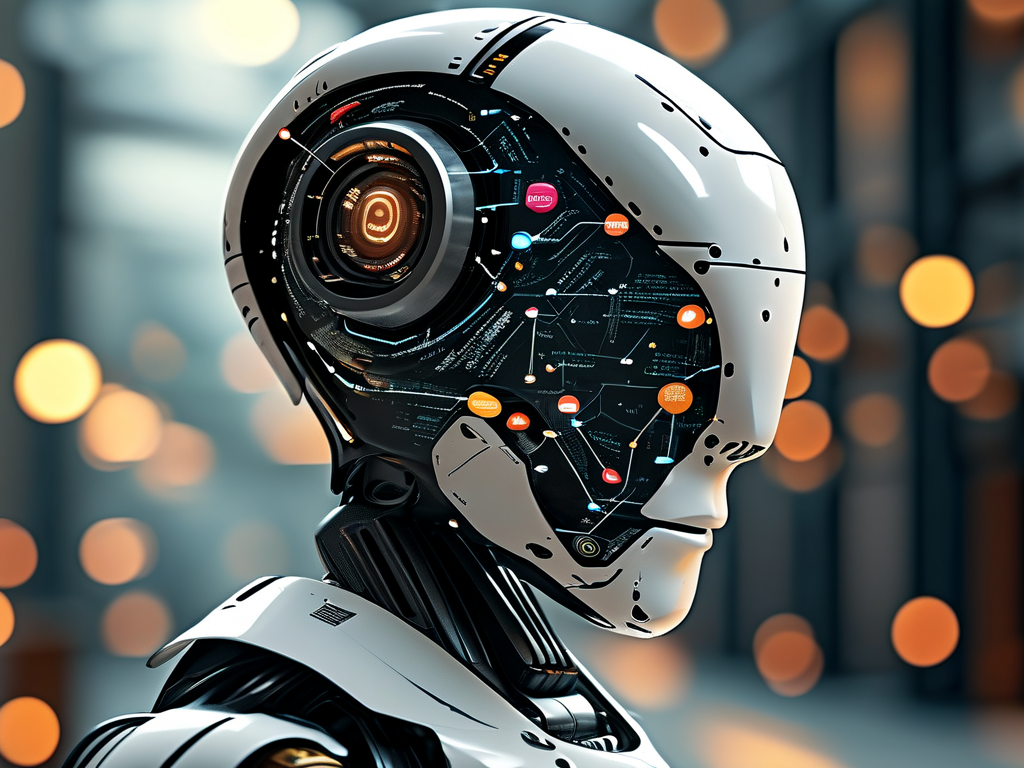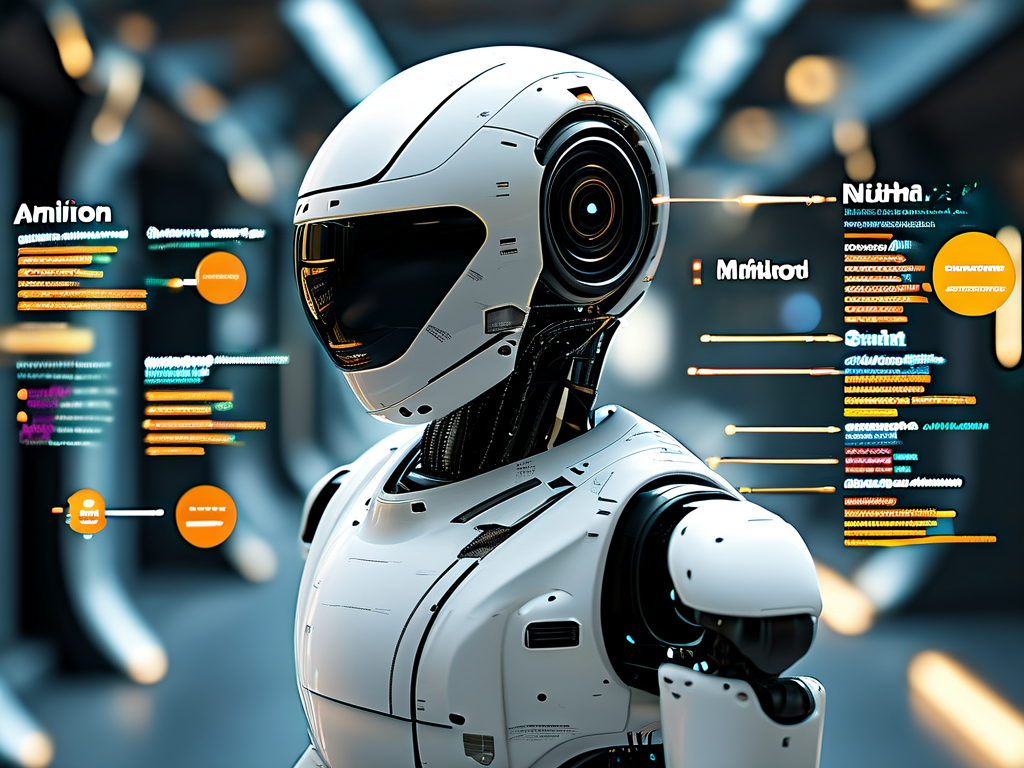The rapid evolution of intelligent robotics technology has reshaped industries ranging from manufacturing to healthcare. As academic and professional certifications increasingly emphasize competency in this field, understanding core assessment topics becomes critical. This article explores essential areas evaluated in intelligent robotics exams, offering insights for learners and practitioners aiming to master this discipline.
1. Fundamentals of Robotic Systems
A foundational topic in intelligent robotics assessments revolves around system architecture. Examiners often test knowledge of hardware-software integration, including sensor networks (e.g., LiDAR, infrared, and tactile sensors) and actuator mechanisms. Candidates must demonstrate proficiency in explaining how these components collaborate to enable tasks like object recognition or autonomous navigation. For instance, a common exam question might ask students to diagram the data flow between a robot’s vision sensor and its motion control unit during obstacle avoidance.
Another subtopic under this category is real-time operating systems (RTOS). Understanding schedulers, interrupt handling, and memory management in embedded systems is crucial. Practical scenarios may require analyzing latency issues in robotic arms used for precision assembly lines.
2. AI-Driven Decision-Making Algorithms
Modern robotics heavily relies on artificial intelligence, making algorithmic logic a frequent exam focus. Machine learning models—particularly reinforcement learning and neural networks—are tested for their role in adaptive behavior. For example, an exam problem could involve optimizing a path-planning algorithm using Q-learning, with constraints like energy efficiency or time limits.

Computer vision techniques also fall under this domain. Questions might challenge candidates to differentiate between convolutional neural networks (CNNs) for image classification versus recurrent neural networks (RNNs) for sequential data processing. Case studies, such as implementing facial recognition in service robots, are often used to assess applied knowledge.
3. Human-Robot Interaction (HRI) Standards
As robots integrate into human environments, HRI principles are rigorously evaluated. Exams frequently cover safety protocols, such as ISO 10218 standards for industrial robots, and ethical considerations like data privacy in social robots. A typical scenario might require designing a collaborative workspace where humans and robots share tasks without risking collisions.
Natural language processing (NLP) capabilities are another subtopic. Candidates may need to troubleshoot voice command systems or improve context-aware dialogues for customer service robots.
4. System Optimization and Troubleshooting
Performance metrics like accuracy, speed, and resource utilization are key evaluation criteria. Exams often present real-world challenges—such as reducing power consumption in drones or minimizing computational load for edge-based robotics. Knowledge of optimization frameworks (e.g., ROS 2) and debugging tools is essential.
Fault diagnosis is equally emphasized. Test-takers might analyze log files from a malfunctioning autonomous vehicle to identify sensor calibration errors or communication breakdowns in a multi-robot system.

5. Emerging Trends and Applications
Lastly, assessments probe awareness of cutting-edge developments. Topics include swarm robotics for disaster response, quantum computing-enhanced AI models, and biohybrid systems integrating living tissues. An exam essay question could ask candidates to evaluate the feasibility of deploying nanorobots for targeted drug delivery.
In , mastering intelligent robotics technology demands a blend of theoretical knowledge and practical problem-solving skills. By focusing on these core areas—system design, AI algorithms, HRI, optimization, and innovation—learners can position themselves at the forefront of this transformative field.

